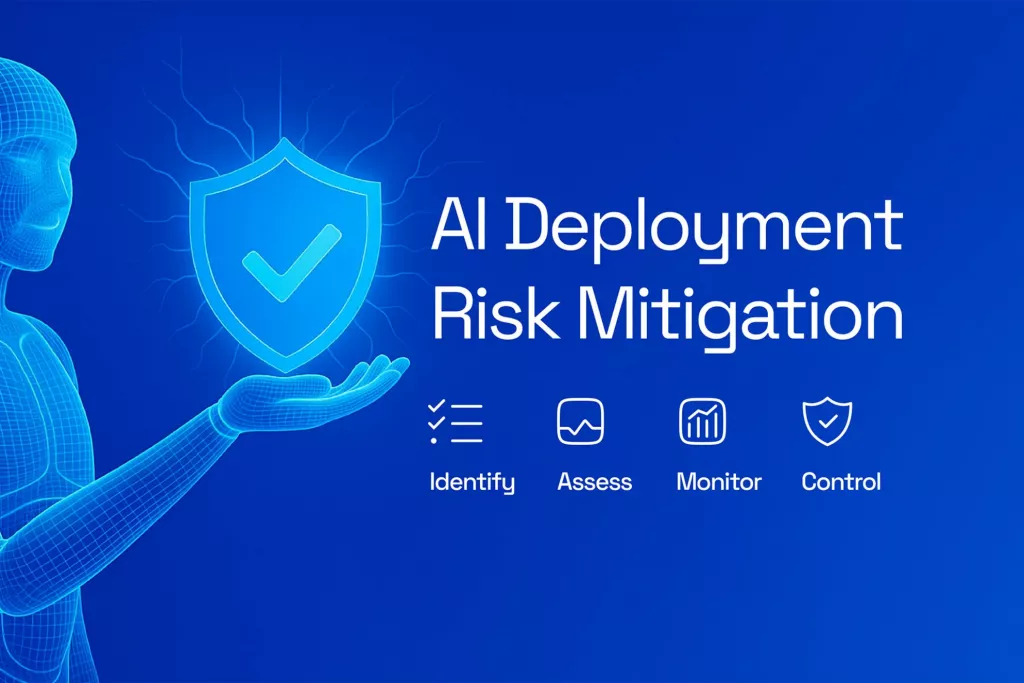
Training our own people
Very few software enthusiasts get to a level where they can get hired on a Junior position. Whether self taught or with some courses under the belt, they still need guidance from Seniors and, in some cases, a couple months of more courses to perform accordingly.
This happens simply because most schools will not provide enough study hours or a varied enough curricula for someone to jump straight into professional coding. The coding schools market in Eastern Europe is slightly different than the one in the US, where the tuition fee averages $14,000. Just to get a sense of the regional market, imagine that one can pay EUR 300 per month to study a single technology, say Java, for no more than 20 hours during that same month. It is clear that when such a student “graduates” within just four months (averaging a total of 80 hours of study), he has unrealistic expectations and a false sense of accomplishment.
This situation clogs the whole recruitment process and, down the line, a company that eventually made the hire discovers they need to invest more than expected to make a proper Junior Dev out of the candidate.
So what did we do to change this? The decision to train our own people was a strategic one. As an outsourcer, you can only acquire demanding clients by providing top notch specialists. Furthermore, when they scale you need to multiply that excellent resource, so it’s not a good idea to rely on people with different skill levels, coming in after a hastily hiring campaign.
Our first Zega Bootcamp saw 11 bright students graduate, after more than 1000 hours of learning a varied tech stack. This required an initial investment of EUR 160,000, while the second edition with fifteen students learning on-site and five learning online will require an additional EUR 220,000.
Giving up on fully managed teams
The decision to focus exclusively on training and maintaining stellar engineering teams was also of a strategic nature. The management specialists are a different breed and we felt that it is better to allow clients to recruit based on their affinity. Moreover, many prefer their management team in-house or hybrid, rather than remote.
Adding to the team a Project Manager, a Solutions Architect, an UX Designer or even a CTO will automatically inflate our own management for these positions. It is possible and with great results, but we decided that it is not our core activity anymore.
In the end, training developers for the coming decade’s trends is tough enough. Just think that most of our future clients will develop projects related to AI, IoT, Cyber Security, cloud, blockchain or augmented reality. This means constantly updating the technologies we work with and professing a lifelong learning mindset among our employees.
Designing the perfect workspace
Although we are long time fans of remote work (even before it was cool), we believe trust, loyalty and above all a sense of belonging can only happen when people meet in the same room. Our system combines remote with hybrid and office work, but those coming at HQ need our special attention.
Our two storey HQ accommodates a variety of spaces, from classrooms to relaxing areas, to a large kitchen and more. We are currently designing a more immersive experience at one of our floors, that will include vast relaxing spaces and a slightly different approach.
We believe forming a community is key for long time professional relationships, and transforming our HQ to help in this endeavour is paramount. Besides, a solid brand culture cannot happen in a remote environment, as much as everyone would like to believe that.
All of the above strategic moves are people-centric. This is required of an outsourcing company, since its most valued asset is represented by its people. Honestly, we cannot wait for the next decade - loyalty and competence will be the most sought after, and we are heavily cultivating both.



